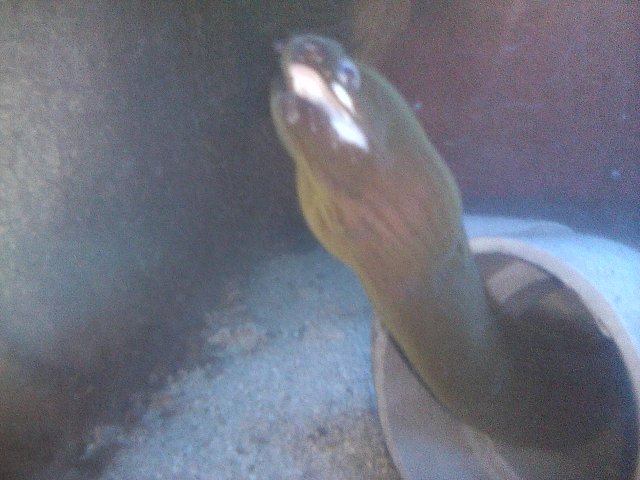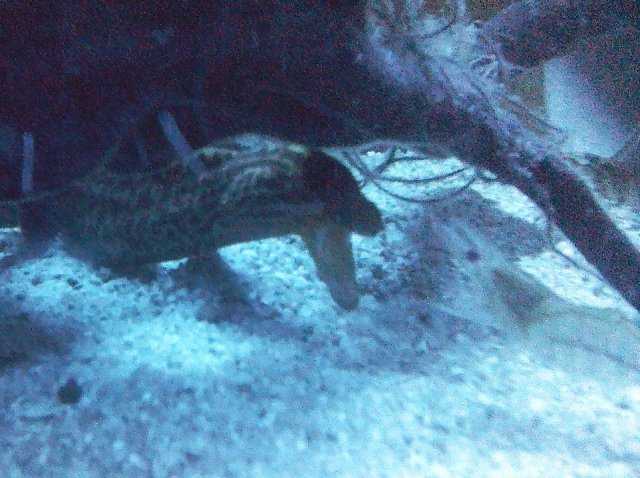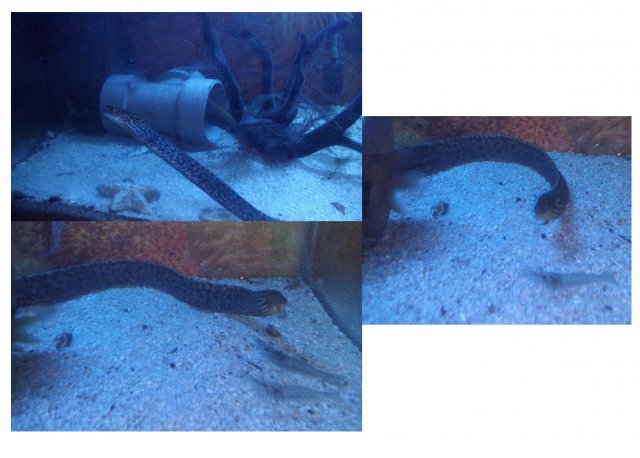Hello MonsterfishKeepers friends,
At this occasion I'd like to introduce to you the types of moray eels which are commonly caught in the rivers of Jogjakarta in Indonesia. Most pictures were taken from private collection of Mr. Septian in Jogjakarta, a prominent dealer of FW & Brackish morays. Nearly all of them were caught in fresh and brackish water, and mostly are being kept in full freshwater or in freshwater-brackish water mix.
1. Echidna Rhodochilus, White-Cheeked "freshwater" moray eels (both now belongs to me) AKA Belut Cemong in one of the local dialects here.
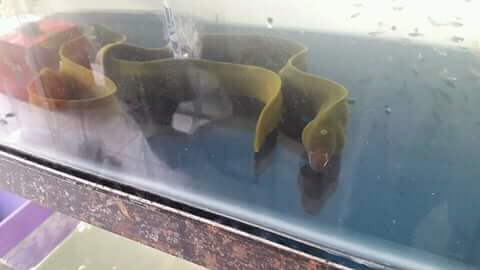
2. Gymnothorax Polyuranodon (AKA Tiger Eel, True Freshwater Moray)
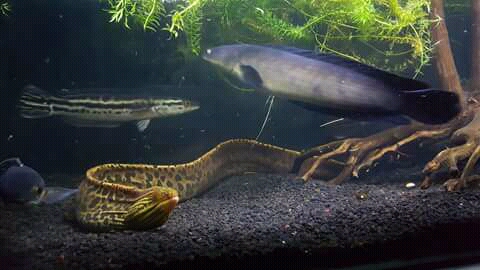
3. Strophidon Sathete (Slender Moray)
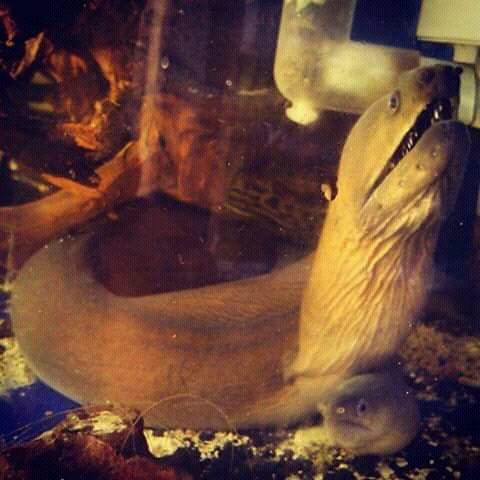
Another Strophidon Sathete.
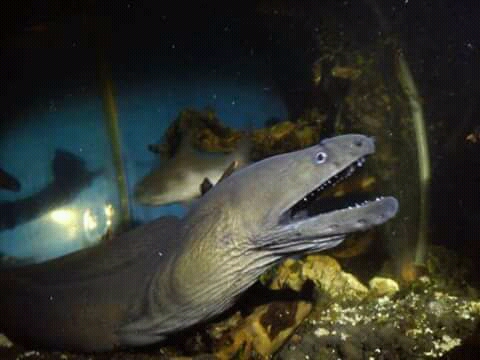
4. Gymnothorax Tile AKA Indian Mud Moray AKA "Freshwater" snowflake moray
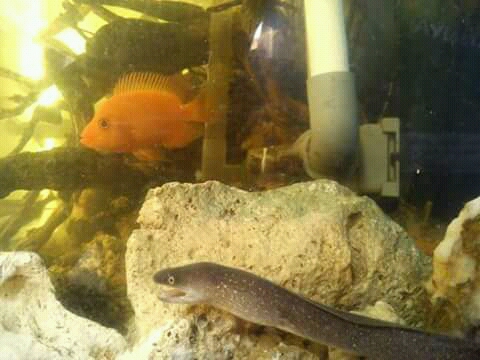
5. Gymnothorax Undulatus AKA Belut Burik (in some of the local dialects here)
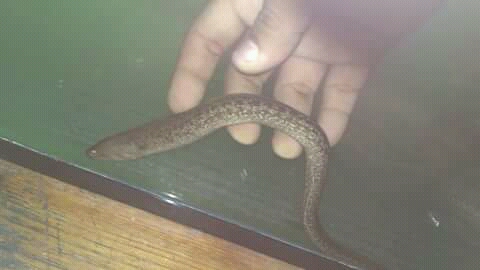
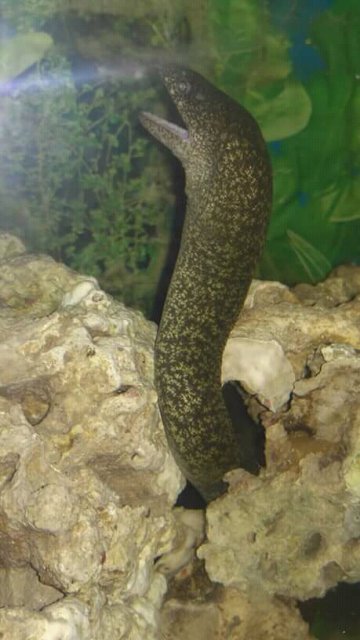
Another Gymnothorax Tile with different body color
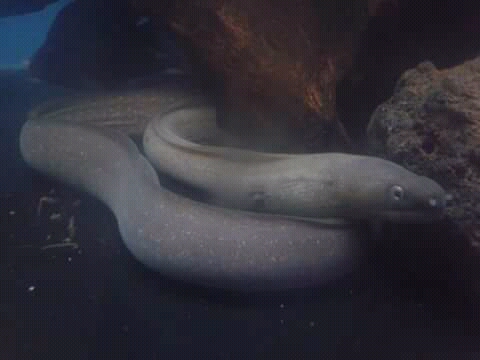
At this occasion I'd like to introduce to you the types of moray eels which are commonly caught in the rivers of Jogjakarta in Indonesia. Most pictures were taken from private collection of Mr. Septian in Jogjakarta, a prominent dealer of FW & Brackish morays. Nearly all of them were caught in fresh and brackish water, and mostly are being kept in full freshwater or in freshwater-brackish water mix.
1. Echidna Rhodochilus, White-Cheeked "freshwater" moray eels (both now belongs to me) AKA Belut Cemong in one of the local dialects here.

2. Gymnothorax Polyuranodon (AKA Tiger Eel, True Freshwater Moray)

3. Strophidon Sathete (Slender Moray)

Another Strophidon Sathete.

4. Gymnothorax Tile AKA Indian Mud Moray AKA "Freshwater" snowflake moray

5. Gymnothorax Undulatus AKA Belut Burik (in some of the local dialects here)


Another Gymnothorax Tile with different body color




